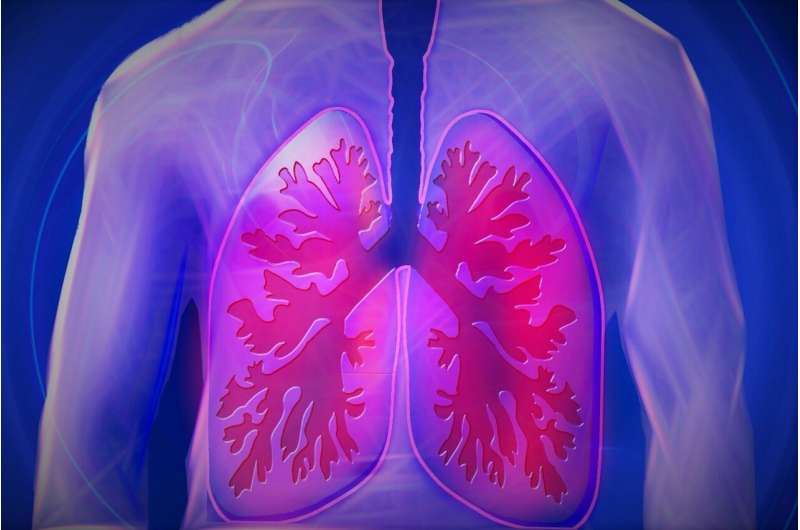Molecular Mechanisms Underlying Memory and Learning in the Brain

New research reveals how calcium ion channels in neurons act as molecular memory units, influencing memory formation and synaptic plasticity, with implications for neurological disease treatments.
Scientists have uncovered new insights into how specific molecules in brain neurons can 'remember' previous activity, playing a crucial role in how memories are formed and maintained throughout life. This discovery centers around a particular ion channel, called CaV2.1, which is integral to synaptic transmission—the process by which neurons communicate.
The brain's remarkable ability to learn and adapt hinges on synaptic plasticity, a process involving the strengthening or weakening of connections between neurons. Calcium ion channels are vital to this process, especially in regulating nerve signaling. Researchers at Linköping University have investigated how these channels not only control nerve signals but also store a form of molecular memory.
The study focused on the CaV2.1 channel, located at the end of neurons within synapses. When a nerve impulse arrives, the channel opens, allowing calcium ions to flow in, triggering the release of neurotransmitters that carry signals to the next neuron. Prolonged electrical activity reduces the channels' ability to open, weakening the signal—a phenomenon that suggests the channels can 'remember' past activity.
The researchers discovered that the CaV2.1 channel is a highly complex molecular machine capable of adopting nearly 200 different shapes or conformations depending on the electrical signals received. During sustained nerve activity, a part of the molecule disconnects from the main channel, similar to a car's clutch disengaging from the engine. This state, called the 'declutched' state, renders the channel unable to open temporarily, effectively creating a short-term memory at the molecular level.
This molecular 'memory' lasts only a few seconds but can accumulate over time with repeated signals. Such accumulation influences the strength of signals between neurons and induces longer-lasting changes in the brain, such as the pruning of weaker synapses—fundamental to learning and memory consolidation.
Understanding these mechanisms opens potential pathways for developing targeted drugs. Since variations of the gene coding for CaV2.1 are linked to certain neurological disorders, pinpointing specific parts of the channel involved in its 'memory' function allows for precise drug design to modify its activity. This could lead to treatments for some genetic neurological conditions.
Overall, this research highlights the intricate molecular processes underlying memory at the cellular level, emphasizing the role of calcium channels in both immediate and long-term neural plasticity. The findings enhance our understanding of brain function and pave the way for novel therapeutic strategies.
Source: https://medicalxpress.com/news/2025-05-molecules-contribute-memory.html
Stay Updated with Mia's Feed
Get the latest health & wellness insights delivered straight to your inbox.
Related Articles
Innovative AI Framework Predicts Viral Evolutionary Fitness of SARS-CoV-2 Variants
A new AI-driven framework from the University of Tokyo accurately predicts the fitness and evolutionary potential of SARS-CoV-2 variants, enhancing pandemic surveillance and response.
Global Report Highlights Urgent Need for Improved Neonatal Care to Enhance Birth Outcomes
A new global report highlights the urgent need to enhance neonatal care, innovate drugs and devices, and foster international collaboration to reduce newborn mortality and improve long-term health outcomes.
Medetomidine in Illicit Drugs: A Growing Concern in Opioid Overdose Cases
Medetomidine, a veterinary sedative, is increasingly being found in street drugs like fentanyl, heightening overdose risks. Learn about its emergence, dangers, and implications for public health.
Significant Improvements in Long-Term Survival for Patients with Chronic Thromboembolic Pulmonary Hypertension
Recent research highlights significant improvements in long-term survival rates among patients with chronic thromboembolic pulmonary hypertension, driven by advances in surgical and medical treatments over recent decades.



